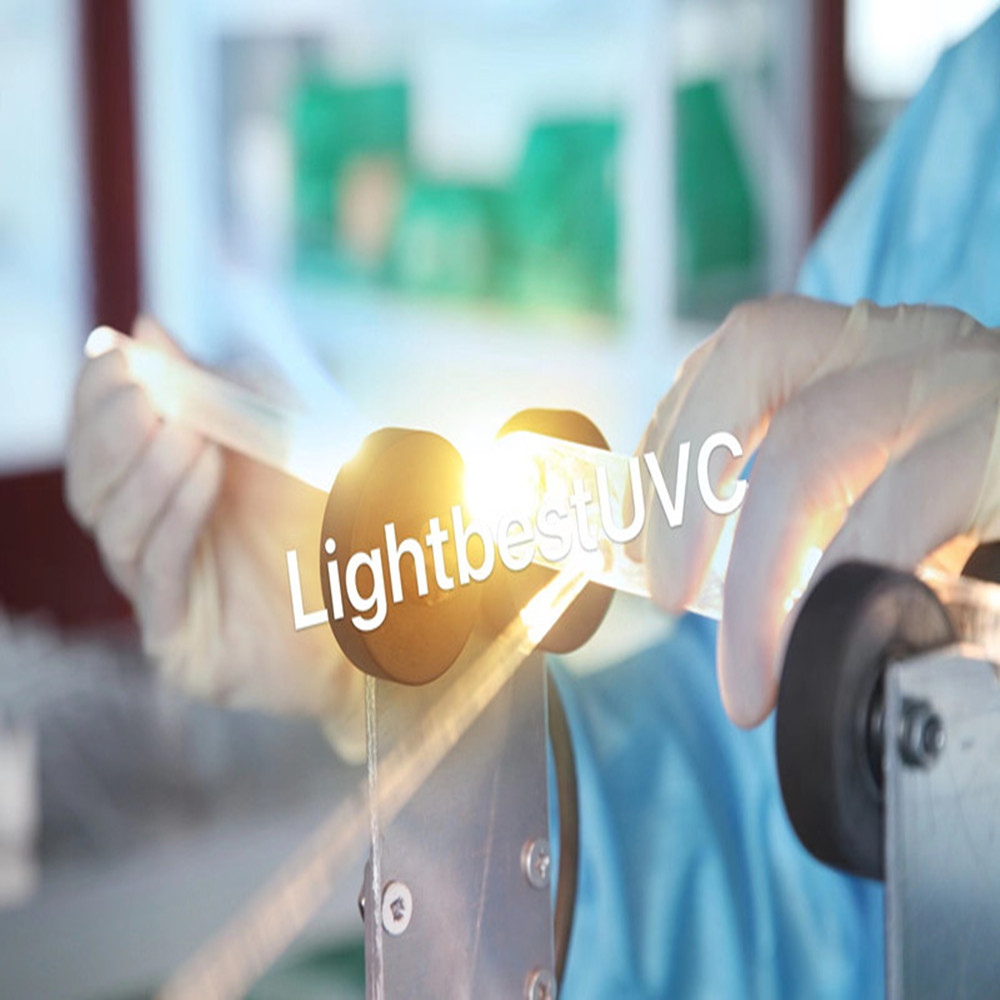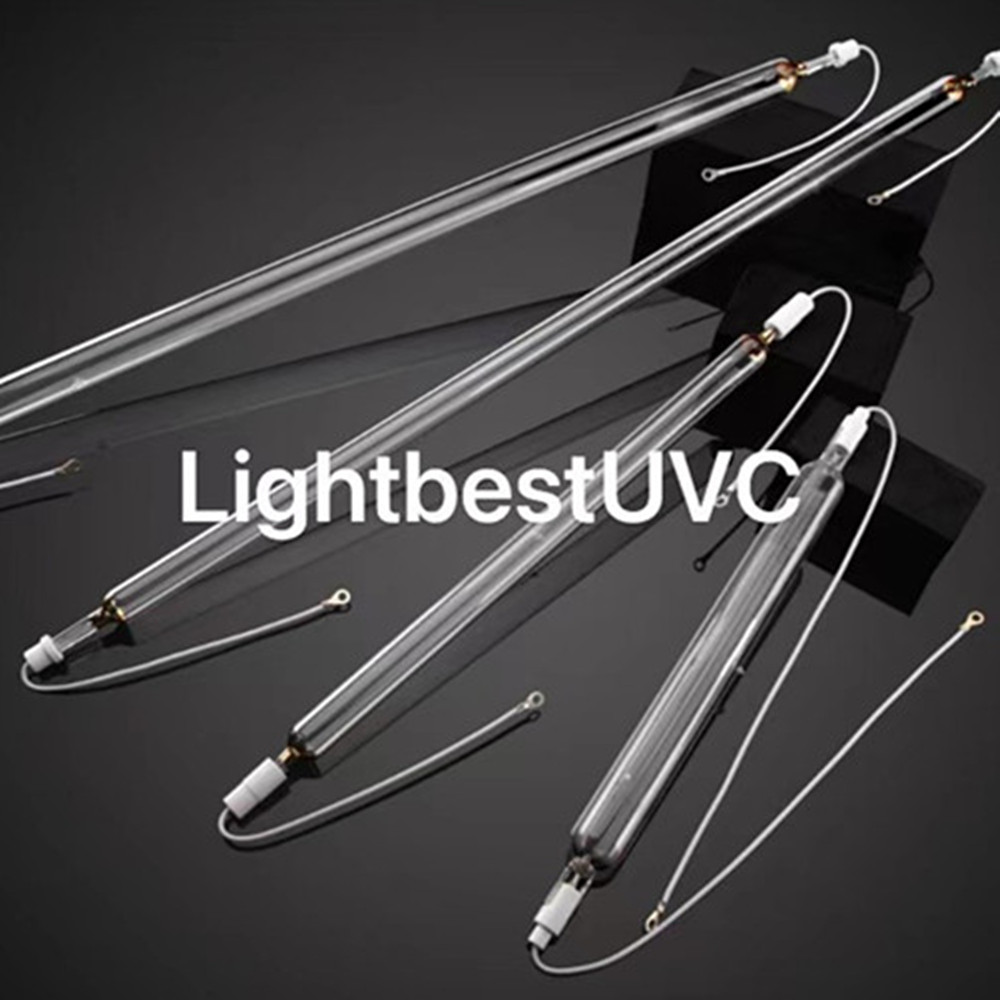In the ultraviolet (UV) sterilization experiment, each step achieves efficient sterilization through a combination of physical radiation, chemical synergy, and environmental control. The specific sterilization methods and steps are as follows:
Ⅰ、Preprocessing Stage: Eliminating Interfering Factors to Improve Sterilization Efficiency
1. Surface Cleaning
• Method: Wipe the surfaces to be sterilized (such as laboratory benches and Petri dishes) with 70%-80% ethanol, or spray them with a 3%-5% carbolic acid solution.
• Principle: Remove protective substances like dust and organic matter to prevent microorganisms from being shielded, which would otherwise reduce the penetration rate of UV light.
• Data Support: After cleaning, the UV light transmittance increases by 30%-50%, significantly enhancing the sterilization efficiency.
2.Environmental Regulation
• Temperature and Humidity Control: Maintain a room temperature of 20℃-40℃ and a humidity of 40%-60%.
• Principle: Low temperature or high humidity will reduce the intensity of UV radiation, while a suitable environment can maintain the stable output of the lamp tube.
• Case: When the humidity is >60%, the killing rate of UV light against E. coli decreases by 20%-30%.
Ⅱ、Direct UV Irradiation: Core Sterilization Stage
1. Light Source Selection and Arrangement
• Lamp Type: Select a low-pressure mercury lamp in the UVC band (200-280nm) with a peak wavelength of 253.7nm.
• Arrangement Method:
◦ Space Sterilization: Install the lamp tubes 1m-1.8m above the ground to cover the entire area.
◦ Object Surface Sterilization: Place the lamp tubes 25-60cm away from the object to ensure direct irradiation.
• Data: The killing rate of UVC against bacterial vegetative forms is >99.9%, and against viruses (such as adenovirus) is >99%.
2. Irradiation Parameter Control
• Time: Adjust according to the lamp power, usually 30-60 minutes (e.g., a 30W lamp irradiates for 30 minutes).
• Intensity: The power of UV lamps per cubic meter of space should be ≥1.5W, and the irradiation intensity should be ≥70μW/cm².
• Dosage: The effective disinfection dosage needs to reach more than 40mJ/cm², which is achieved by adjusting the water flow rate (during water treatment), lamp power, and irradiation time.
• Case: Extending the irradiation time to 60 minutes increases the killing rate of Staphylococcus aureus from 99% to 99.99%.
3. Dynamic Monitoring and Adjustment
• Light Intensity Sensor: Monitor the UV intensity in real time to ensure stable output.
• Multi-layer Irradiation: In large disinfection boxes, place bacterial slices in a diagonal cross pattern to eliminate irradiation dead angles.
• Data: Dynamic monitoring can control the fluctuation of the sterilization rate within ±5%.

Ⅲ、Chemical Synergistic Sterilization: Enhancing the Sterilization Effect
1.Ozone Generation
• Principle: UV radiation ionizes oxygen in the air to generate [O], which is further oxidized into ozone (O₃).
• Function: Ozone has strong oxidizing properties and can kill microorganisms not directly irradiated by UV light.
• Data: When the ozone concentration reaches 0.1mg/m³, the killing rate of Cryptosporidium increases by 15%-20%.
2.Combined Use of Chemical Disinfectants
• Method: First spray a 3%-5% carbolic acid solution, then turn on the UV lamp for 15 minutes of irradiation.
• Principle: Carbolic acid can reduce the activity of microorganisms, and UV light damages their DNA, forming a double killing effect.
• Case: After combined use, the killing time of Mycobacterium tuberculosis is shortened by 50%.
Ⅳ、Post-processing Stage: Ensuring Safety and Effect Verification
1.Ventilation
• Method: Ventilate for 30-60 minutes after irradiation to remove ozone (the half-life of O₃ is about 30 minutes).
• Principle: Excessively high ozone concentration is harmful to the human body (e.g., irritating the respiratory tract) and needs to be reduced to a safe range (<0.1mg/m³).
• Data: After ventilation, the ozone concentration decreases by 80%-90%.
2.Effect Verification
• Viable Bacteria Culture Count: Send the irradiated samples to the laboratory to calculate the sterilization rate and tolerance rate.
• Standard: A sterilization rate of ≥99% is considered qualified; otherwise, the irradiation time needs to be extended or parameters adjusted.
• Case: In a certain experiment, the initial sterilization rate was 95%, and it reached 99.5% after extending the irradiation to 45 minutes.

Ⅴ. Safety Protection Measures: Ensuring Personnel Health
1.Personal Protection
• Equipment: Wear long-sleeved work clothes, goggles, and gloves to avoid direct exposure of the skin and eyes.
• Principle: UVC can penetrate the cornea, causing electro-ophthalmia; long-term skin exposure may cause discomfort.
• Data: The incidence of eye damage in unprotected individuals is as high as 30%-50%.
2.Warning and Isolation
• Method: Set up warning signs outside the door and prohibit personnel from entering during irradiation.
• Principle: Prevent accidental irradiation and ensure operational safety.
• Case: In a laboratory, 3 people suffered eye damage due to the absence of warning signs.
Ⅵ、Optimization Methods for Special Scenarios
1.Water Treatment Application
• Pre-filtration: The turbidity of the incoming water is <5NTU, and the particle size of suspended solids is <10μm.
• Quartz Sleeve: Protect the lamp tube and maintain a UV light transmittance of >85%.
• Data: After pre-filtration, the killing rate of UV light against Giardia increases from 80% to 99%.
2.Sterilization of Complex Objects
• Mobile Lamp Tubes: For large equipment or irregular objects, move the lamp tubes to ensure irradiation from all angles.
• Reflective Materials: Use reflective materials such as aluminum foil to improve the utilization rate of UV light.
• Case: Reflective materials increase the irradiation intensity by 20%-30% and shorten the sterilization time by 1/3.

Post time:2025-09-12 08:54:00

